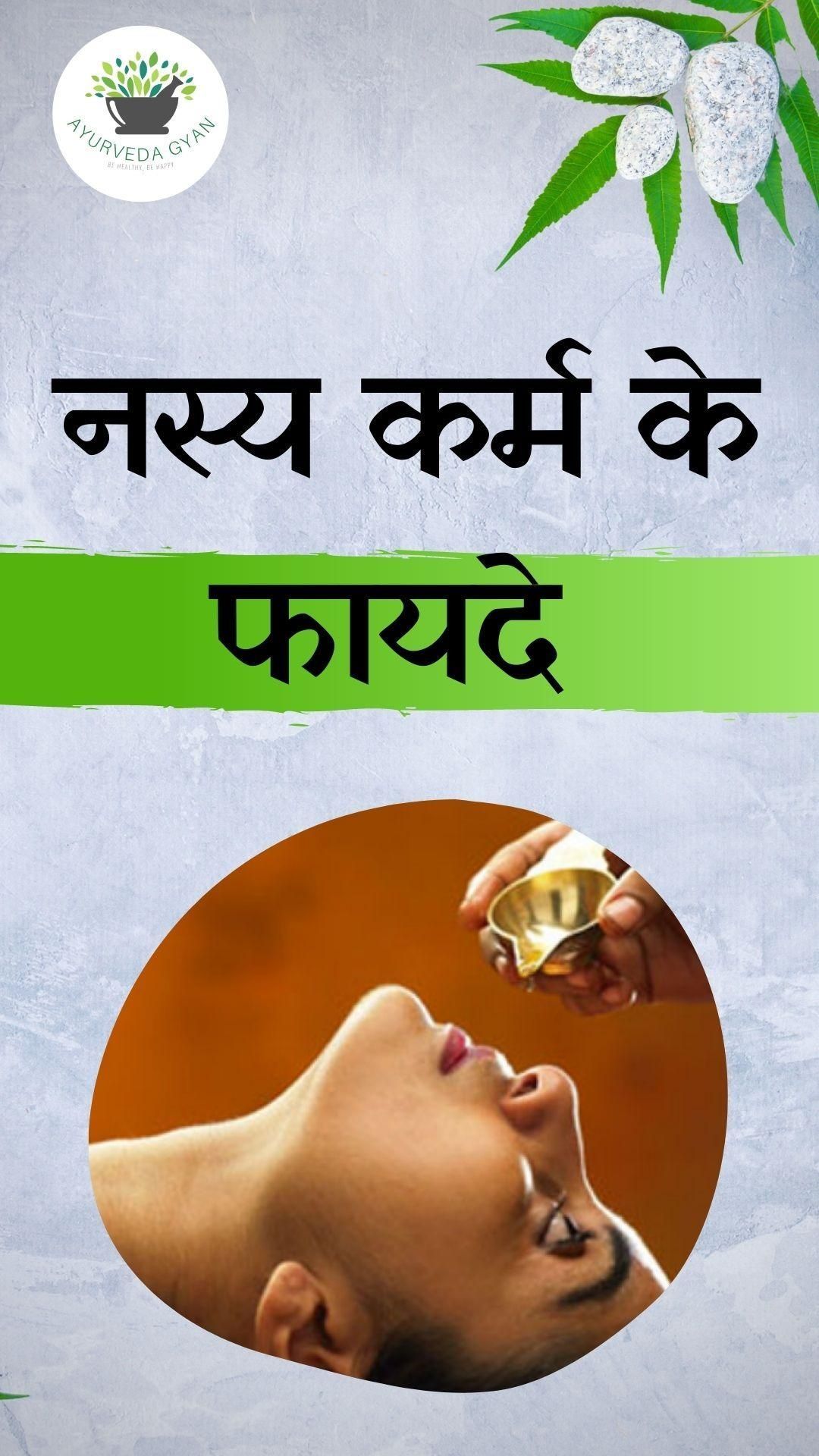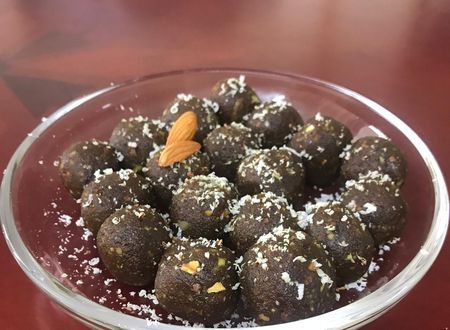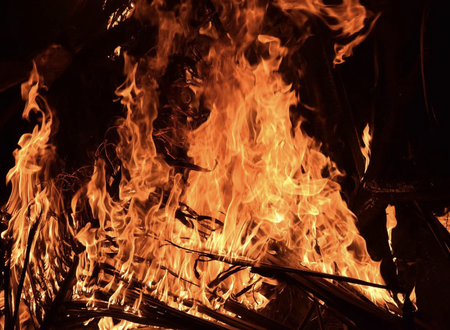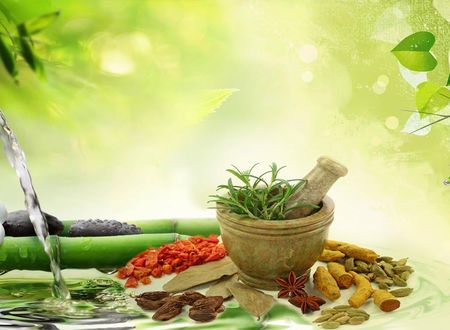Last two posts of this series I have explained about Vamana, Virechana and Basti. This post I shall brief about the last two karmas which is Nasya(Instilling of medicated drops in the nostrils) and Raktamokshana(Blood letting/ Leech therapy)
Nasya- Nasya is indicated in Paralysis, Sinusitis, Cervical Spondylitis, Frozen shoulder, Migraine, Diseases of oral cavity and throat, Nasal diseases, Hair fall etc and all diseases above shoulder level.
Nasya is of two types- Marsha and Pratimarsha
In Marsha nasya there are variations of the ingredients used based on the condition. The vaidya after having assessed the condition, decides if swarasa(fresh juice extract), choorna(powder) or taila(oil) to be used to treat the condition.
Marsha nasya has following steps-
- Local snehana and swedana(oil massage on the face followed by steam)
- Instilling of medicated drops- the number of drops either increased gradually everyday or is maintained constant as decided by the vaidya. After snehana and swedana the medicated drops is instilled one drop at a time and patient is instructed to slowly inhale from the same nostril allowing the medication to seep in while closing the other nostril, same is repeated on the other side, followed by light massage on the temples and frontal. Patient starts to feel the phlegm collection at the back of the throat and he/she is allowed to cough out and patient is instructed to gargle with hot water. Once done, medicated vapors is allowed to inhale to clear the channels of any remnant of phlegm.
- Do’s and Don’ts to be followed during nasya therapy- Use warm water always to wash your face, hands and legs, wear socks, do not use fan or AC, do not stay awake at night, do not take refrigerated or cold food.
- Most commonly used medicated oils for Nasya are- Ksheerabala(101) taila, Anu taila, Shadbindu taila etc
- Based on the condition, the nasya can either be chosen for Shodhana(cleansing) or Brhmana(Nourishing) or Shamana( Pacifying)
- Nasya is indicated for 7 days
Contraindication of Nasya- Immediately after a meal or water, One who has washed his/her hair, One who has undergone raktamokshana(will explain next), Coryza(Common cold), On who is severely constipation or urine retention, Soothika( Postpartum), Breathing issues and cough, one who has undergone Vamana, Virechana and Basti/Vasti (explained in my previous post) therapy, and on cloudy days.
Nasya Kaala- Based on the disease (dosaja involvement) the time of the Nasya is decided by the physician. For preventive measures a healthy individual can take Nasya in the morning( in Sharad and Vasantha rutu), afternoon(in Hemanta and Shishira Rutu) evening( in Grishma Rutu) and on rainy days when sun is visible.
On the other hand, pratimarsha nasya is devoid of any such restrictions, however contraindications remains the same as above. Above mentioned oils are also used for pratimarsha nasya. Instructed to use 2 drops each nostril either in the morning or evening once a day. Number of days to be used is based on the condition being treated by the Vaidya. As part of regular routine, one can include plain sesame oil one drop each nostril everyday for preventive health in healthy individuals.
The last shodhana karma in panchakarma is Raktamokshana/ Blood letting
Blood letting therapy is done either with leeches or through puncturing the vein with a syringe, which is completely at Vaidya’s discretion.
There are certain explanations in our ancient texts that talks about physical features of the leech that it fit to be used for the therapy. Such leeches are carefully selected and stored in the aquariums containing fresh water. Text indicates storing such leeches in earthen pot with small quantities of mud in it and tiny aquatic organisms for its food and few lotus leaves for it to sleep. Water is indicated to be changed every 3 days.
The leeches are applied on the affected areas depending on the condition treated and it starts sucking the blood, once the leech holds on to the skin firmly a small wet cotton clot is covered on it to maintain the moistness. Once done, the leech detaches itself and it(leech) is then gently pressed to remove the sucked blood and is then allowed to remain in turmeric water and stored back in fresh water aquarium. The patient is advised to undergo health checks to rule out any infectious diseases before administering leech therapy. Once the leech is removed, turmeric is applied on the wound.
Blood letting through vein puncture is done by skilled physician himself. I was once posted at an Ayurveda hospital in another city in Karnataka for 20days as part of my training. The vaidya who runs the hospital is very famous in treating paralysis cases and arthritis cases. He holds a MS degree from BHU( Banaras Hindu University). The localities, would rush to him immediately as soon as one developed a stroke. His way of treatment amazed me, that brought about complete recovery in many cases. In people with cervical spondylitis, lumbar spondylitis etc he would choose to give them sadyovamana( emesis for one day without any purvakarma) and next line of treatment(not the same day) would be followed by blood letting through a syringe. The site to puncture is chosen as per the location of the marma(vital point) and blood letting is done until it clots. In case of cervical issue wrist joint is the site chosen to be punctured and ankle joint in case of lumbar issue.
Next day the patient would report remarkable improvements in the condition. His line of treatment for paralysis cases was Shirodhara, Nasya and Medicated ghee application on the body. The therapies were repeated at regular intervals and patient would start to recover quickly.
With this post we come to an end of panchakarma therapies. I have not included much of technical details to keep it simple and easy for common understanding of the subject. Each therapy is based on the condition treated. In quiet a few cases more than one karma is chosen with few days apart in between two therapies. As per Ayurveda the disease that is once treated with panchakarma has less chances of relapse. However, it is possible only through proper lifestyle, food habits and stress management.
Image Credit- in.pinterest.com









Comments & Discussion
3 COMMENTS
Please login to read members' comments and participate in the discussion.